In sheep husbandry it is important to keep sheep calm when they go to the slaughterhouse. These silly and timid animals should all unhesitatingly go into the right gates instead of rushing about the pen. How do you make them do that? It has long been noted that a goat makes a great leader for the sheep: they thoughtlessly follow it even to the slaughterhouse. Such specially trained goat, which takes the sheep under the butcher’s knife, and returns for a new batch, received the nickname of the Judas Goat. Everything is clear with the goat, but… what does the aviation have to do with this?
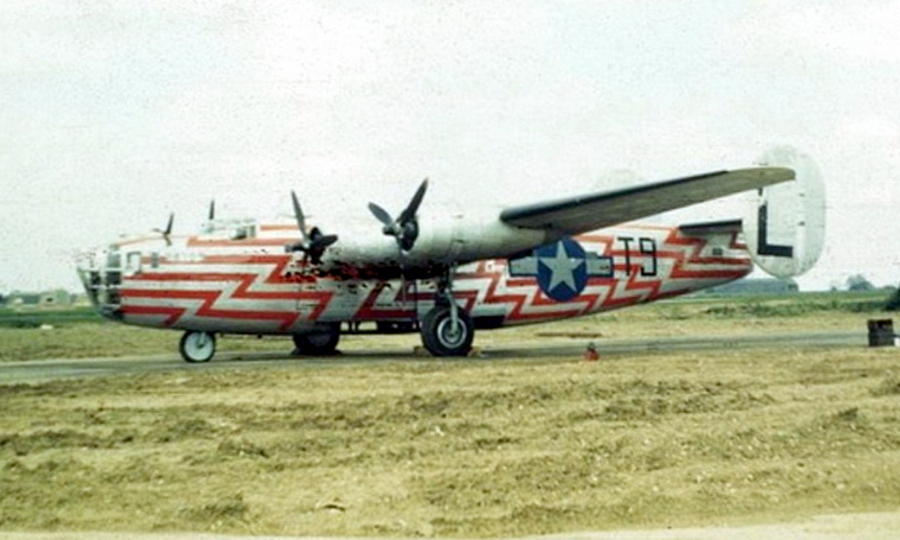
On August 17th, 1942 first twelve B-17 Flying Fortress bombers from the 97th Bomb Squadron, led by Major Paul Tibbets, who later became infamous as Hiroshima destroyer, performed a trial continent raid. The flight was successful, and USA began its daytime air offensive against Germany (the British were flying to the same targets at night). However, it soon became clear that without escort fighters that can escort the bombers to the most distant targets and with constant increase of the quantity of Third Reich interceptors, Flying Fortresses and Liberators were suffering unacceptably high casualties.
This issue was solved only with the appearance of the P-47 Thunderbolt and the P-51 Mustang fighters, which had drop fuel tanks and were able to escort the bombers anywhere in Europe and back. But this took time, and before that the bombers’ crews had to fight back by themselves. To do that they were organized into tight formations: every 12 aircrafts formed a so-called “Combat Box”, which could face the aggressor with the fire of 150 large-caliber Brownings. A pragmatic calculation showed that a decrease in losses from enemy fighters fully compensates for the increase in losses from German anti-aircraft gunners, “friendly fire” in repelling attacks and even falling bombs from vehicles flying above.
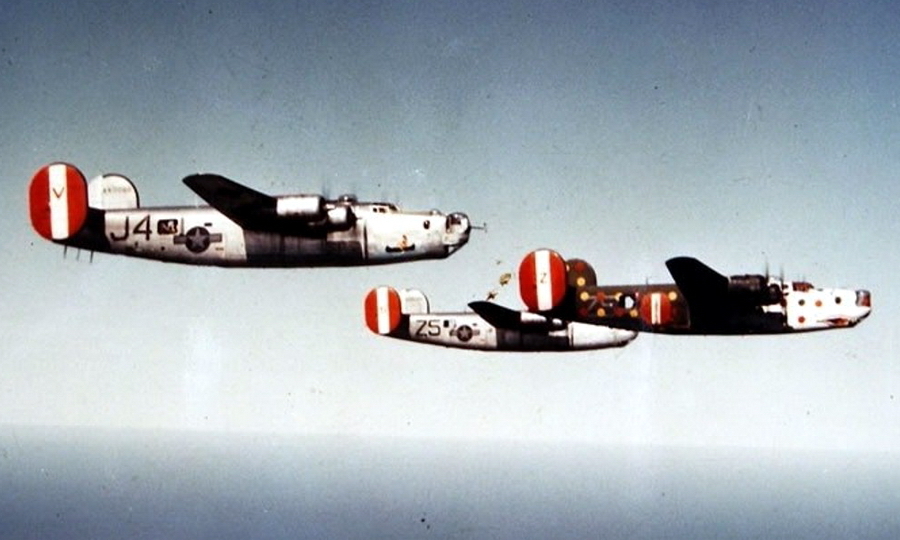
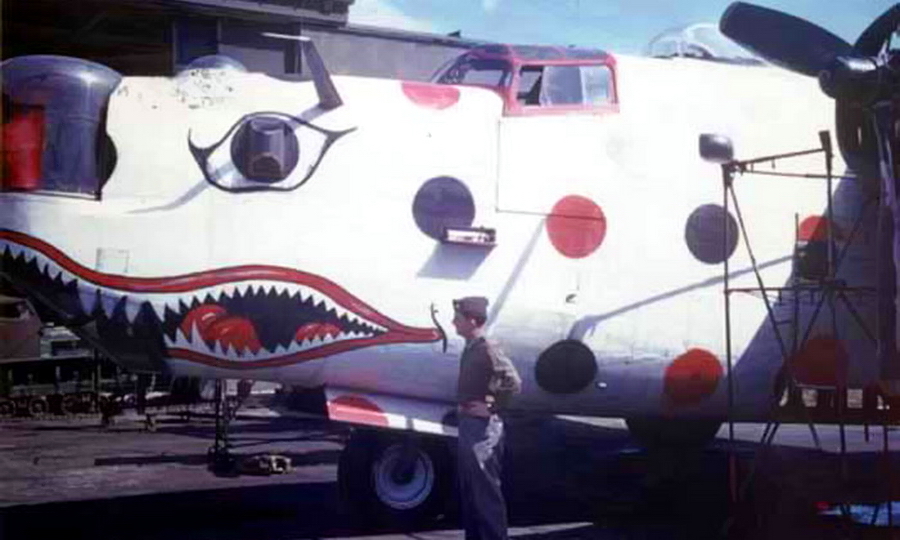
The only thing left to do was to form and maintain the formation from the English Channel crossing to the target and back. The task was not an easy one, and if the second part fell entirely on the crews, the command could help them with the first part – the formation. Heavy aircrafts were taking off for a long time, from different airfields and in radio silence mode. The gathering of the entire column could last for 2-3 hours, and in order to have a reliable reference point in the air, each Bombardment Group got a sort of flying lighthouse.
Usually it was a bomber aircraft that was already ineligible for combat flights. All armaments, bomber equipment and armor were removed from it, the crew was reduced to minimum and the aircraft was painted in the brightest, most contrasting colors visible from afar. It was this plane painted in checkers, strips, or polka dots that assembled other planes of the air group around itself. For additional signaling, various onboard navigation lights and flares were used.
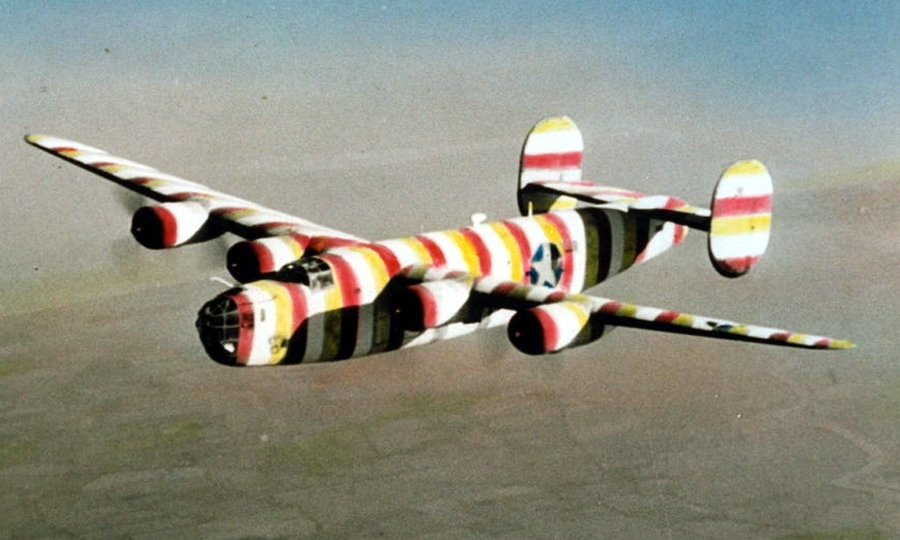
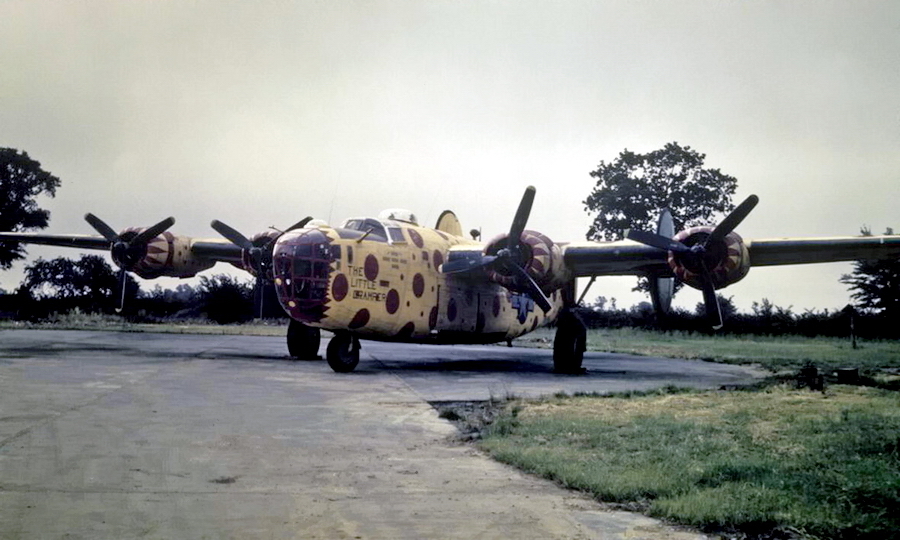
After forming the Combat Boxes, the assembly ship led them to the borders of the enemy anti-aircraft defence zone, and then turned back. This resembled the behaviour of the Judas goat in the slaughterhouse, which was immediately noticed by quick-witted aviators and assembly ships got their nickname. However, there were cases when the assembly ships accompanied the aircrafts to the target and back, but that was too risky. “Judas goats” did not disappear even after the army started using escort fighters in long-distance raids.




